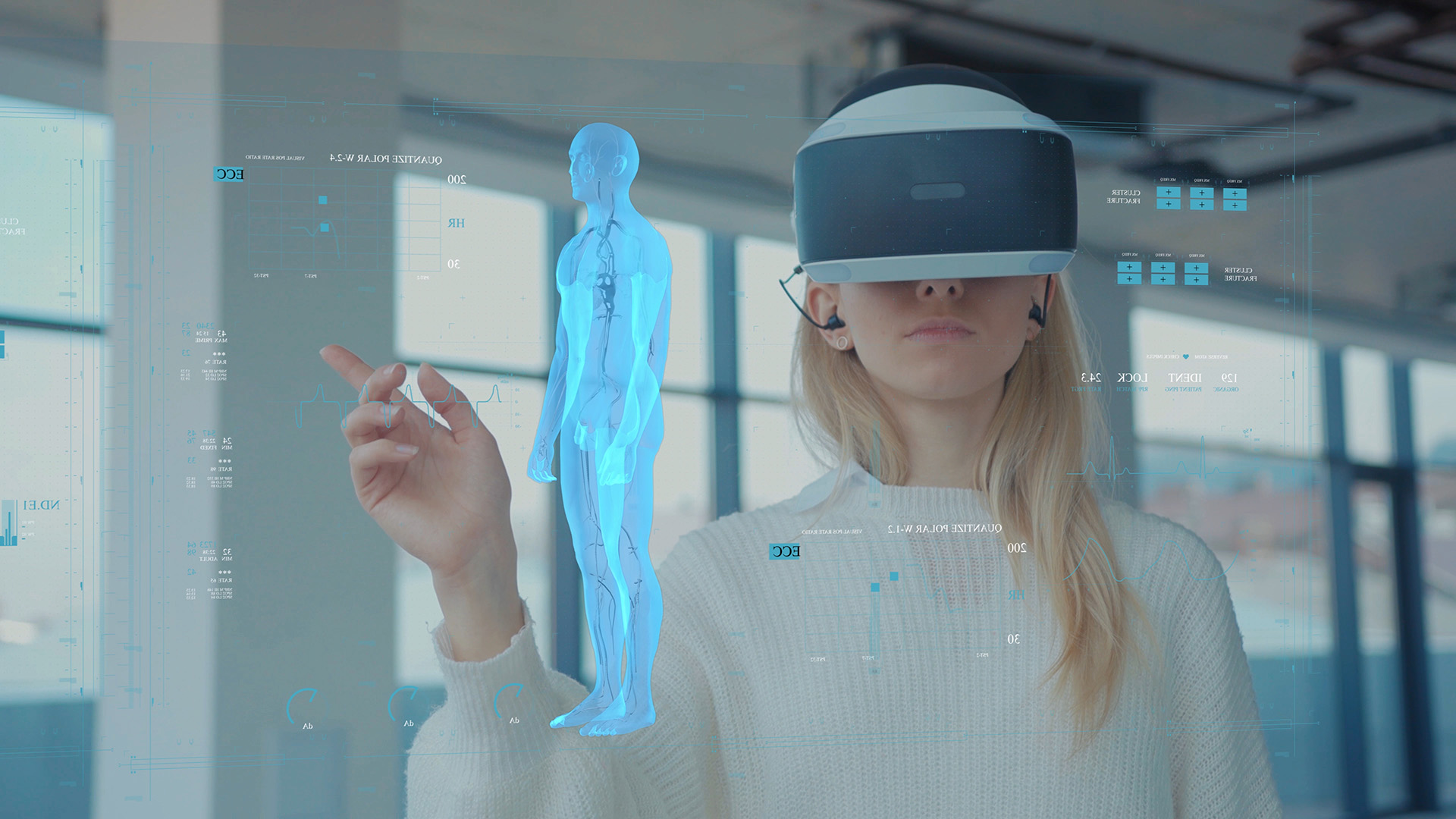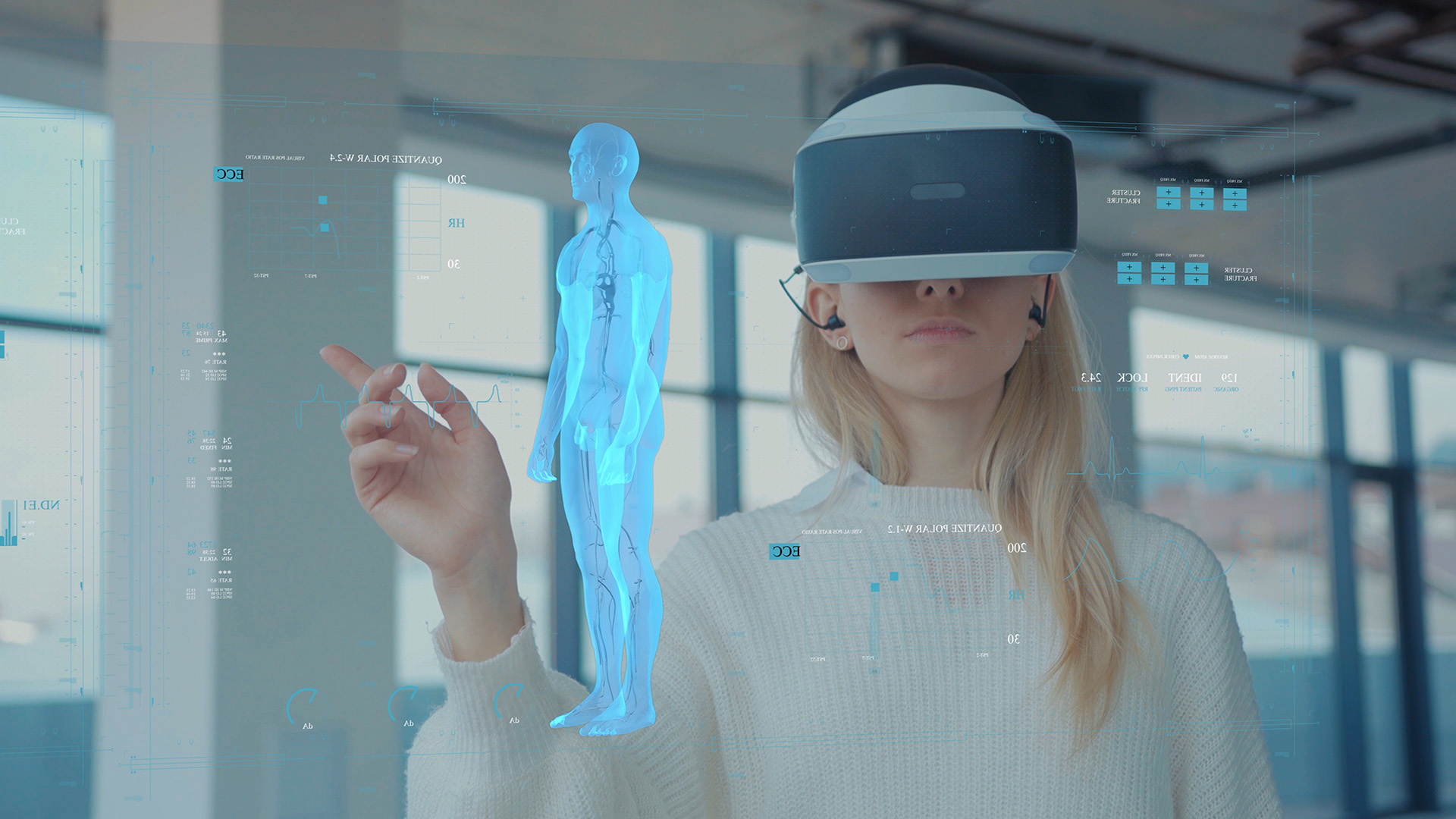

26
Apr
Top 10 Reasons Telehealth is our Future
The Covid-19 pandemic has changed everything. Starting and hopefully ending with the world of Health Care. We know a lot of these changes, particularly the shift to Telehealth models, will be here to stay, however painful their origins may have been.
We’ve been asking for several years now; can spatial computing reshape Health Care? It seems the reality is, as usual, more complex than most of us could have foreseen. Our current reality combines the need to stay at home with the proliferation of smartphones and growing applications for Extended Reality in Health Care. So, we know these are the technologies that will lead the transformation to Telehealth in the coming decades.
The technology has been available (and affordable) for quite some time. Now, making the transformation to Telehealth wherever medical care is needed just makes sense for everyone.
Telehealth on a Screen Near You
What does the delivery of Telehealth look like in practice? It can vary from office to office or patient to patient. Since most sick or injured people can get to (or stay in) their home, care can start with a call to your family doctor or a local clinic.
Once you receive a callback, the appointment may transition to a video chat and only if necessary, an in-person exam. You may be able to receive instructions that keep you at home, a referral, or a prescription can be called into your local pharmacy. Telehealth can make it possible to receive quality care from your own doctor without ever leaving home.
One day, probably very soon, we think AR and VR may get involved in this process for diagnostic and therapeutic purposes. But for now, the big task is to keep this giant wheel of transformation rolling forward.
“47 percent of Canadians have used “virtual care” such as calls, email, texts or video during the pandemic. Of these, 91 percent said they were very satisfied with the experience.” – CMA via CBC
Reasons to Keep Telehealth in a Post-pandemic World
1. High Satisfaction Rate
Those of us who have seen a doctor during the pandemic can confirm that the combined efficiency, comfort, and overall stress reduction is a desirable alternative to ‘normal’ health care. We know Telehealth isn’t perfect, but we agree with patients around the world that is well worth working on going forward.
2. No More Crowded Waiting Rooms
Unnecessary walk-in clinic and emergency room visits are a tough, but very important topic. We know that everyone who wants to visit a doctor in person feels that it’s important to do so. However, the strain placed on our Health Care system by unwarranted medical appointments is undeniable. So, what’s the answer? Especially when nobody wants to risk a genuinely sick patient going unseen. Telehealth offers both patient and care provider the opportunity to assess the situation before taking a seat in a waiting room.
3. Limiting Physical Contact
Crowded waiting rooms have long been a space notorious for the transmission of additional illnesses. And many of us thought this was unavoidable. Regardless of whether or not you visited a walk-in clinic or a busy doctor’s office, a quiet, empty waiting room was a rare thing. Patients and medical professionals can both benefit from limiting contact with each other. In addition to reducing contact with sick people, we should also consider stress reduction for everyone.
4. Efficiency of Diagnosis and Treatment
Ironically, one of the largest fears (and consequently barriers) regarding Telehealth is that a diagnosis will be wrong or treatment will be performed inaccurately. The good news is that for the vast majority of workday issues doctors and nurses deal with, diagnosis can be conducted remotely. And prescriptions come with detailed instructions, often coached by pharmacists just as before. The changes we’re seeing that create a ‘new normal’ for Health Care are simply the first steps. The phone call and video chat system do not prevent in-person visits but merely reduces them to only essential ones.
5. Keeping Patients Comfortable
Whether you’re injured or physically ill, waiting in an uncomfortable chair for 10 to 30 minutes can seem like an eternity. And often having an appointment scheduled in advance does not guarantee that you’ll be seen promptly. Waiting for a call back from the comfort of your sofa or bed is certainly preferable.
6. Reducing Pressure on Our Climate
Like other jobs performed remotely, health care professionals who see patients over the phone or video chat are inadvertently taking cars off the road. Less traffic means fewer emissions. Even the overhead of lighting, music, televisions or other energy expenses used in waiting rooms will be reduced.
7. Lower Expenses All-Around
The cost of Health Care is a huge issue, particularly in countries that have partial or completely privatized systems. Creating cost-effective Telehealth systems could be an essential component to creating the publicly accessible health systems of the future.
8. Improved Service to Rural Areas
If you’ve ever lived in a small town, particularly one far from a major city, you know what it’s like to make do with intermittent access to doctors and nurses. When the hospital is a two-hour drive away, you don’t go unless it’s planned or a true emergency.
Telehealth removes the need for rural residents to settle for little to no Health Care. Whether you viewed it as a sacrifice you were willing to make or a punishment that seemed unfair, the result was the same. And we think that if technology can improve something, it really should.
9. Making Wellness a Health Care Priority
It wasn’t long ago that we all would have considered the mental health, stress level, and well-being of patients and care providers to be an afterthought. Waiting rooms were supposed to be stressful. Medical professionals knew they were entering a high-stress industry.
These assumptions perpetuated a system that just didn’t work very well. Still, it was always hard to justify systemic transformation, like the one we’re seeing toward Telehealth when it wasn’t 100% putting-out-a-fire necessary. But now that we’re here, do you want to go back in time? We don’t either.
10. Retraining Patients Regarding Urgent Care
In the section above on crowded waiting rooms, we talked about the burden unnecessary medical appointments place on an already strained system. Adding Covid-19 restrictions seems to have been the straw that broke the camel’s back in getting this issue some serious attention. Telehealth became a better option through both fear and necessity.
One of the outcomes we can hope for applies to that segment of our population who wants every twitch and twinge examined in person. Ideally, we will see a transition to people becoming educated and proactive regarding their own health. And less inclined to seek assistance when it’s not really needed.
Barriers to Telehealth
The first, and possibly most serious, barrier to change is always people. Patients and medical personnel alike will definitely have personal objections. “I don’t like video calls,” or “How can I deliver quality care through a screen?” And these are valid concerns. This is why the Telehealth models above – even the futuristic versions that include ideas like AR diagnostic apps and VR therapy – will always include an in-person component.
Access to technology is the next most serious issue. Although we expect more and more households to have access to the devices and applications they need to participate in, we also need quality internet service available anywhere people live and work. The world is headed in this direction, but it helps to be mindful of just what’s at stake should we ignore any region or community when it comes to connectivity.
Accuracy in diagnosis and effectiveness of treatment at home may also pose bumps in the road. Mistakes will be made and we may see steps backward. But the hope is that we are turning several corners this year, and the adoption of Telehealth can be one of them.
Benefits of Telehealth
A doctor’s visit that doesn’t exacerbate pain and discomfort. Quality care delivered more efficiently to more people. These are huge wins. Whether you have small children or personal mobility limitations, the opportunity to receive medical treatment at home is a blessing many people had never experienced before.
Health Care systems that included home visitation were really the only way to see this low stress, patient-first experience. Yet even then, medical professionals were required to travel (often extensively) and expose themselves to sick patients over and over. The benefits of Telehealth seem so undeniable that continuing this transformation beyond the Covid-19 pandemic is one thing that makes our future look bright again.
Telehealth Technology Specialists
The team at Stambol has a solid track record of working with our local Health and Technology District. In fact, in 2018 we partnered with them to create XR Lab, a demo studio for Extended Reality technology within the District’s HealthTech Innovation HUB in Surrey, BC. We see the value in pairing new technology with Health Care, so we are always looking for opportunities to work on projects that achieve this goal.
Ask our technology pioneers what we can do for your health care practice or medical business. We look forward to making a difference and building the future of Telehealth together.
Feature Image Credit: america_stock / Adobe Stock






